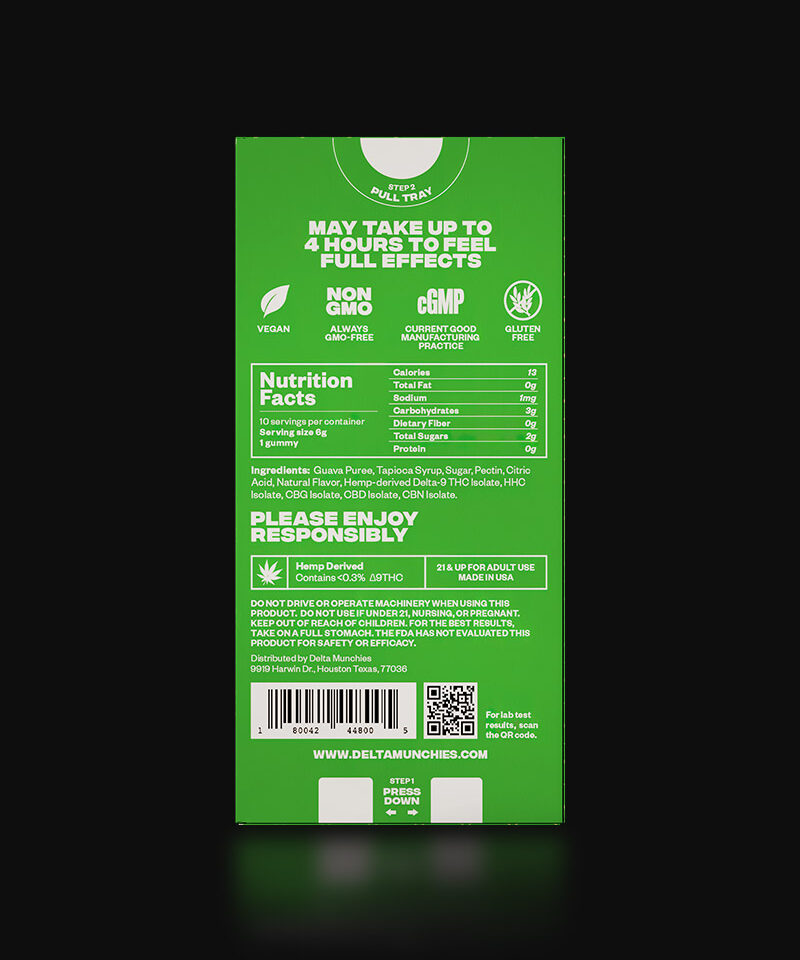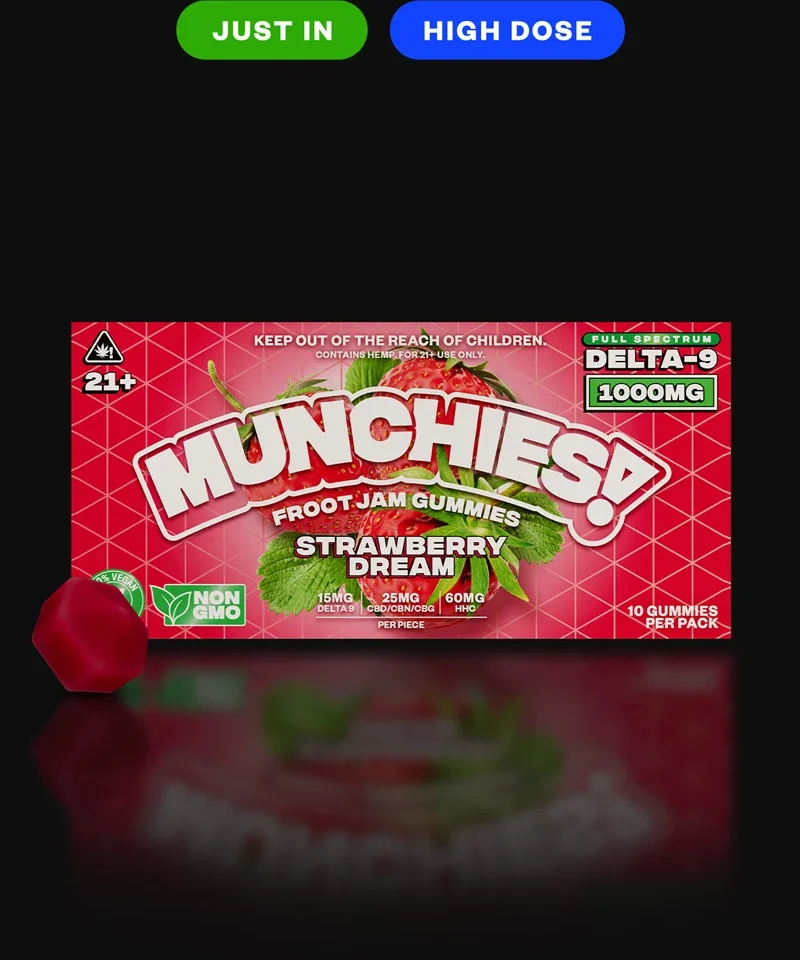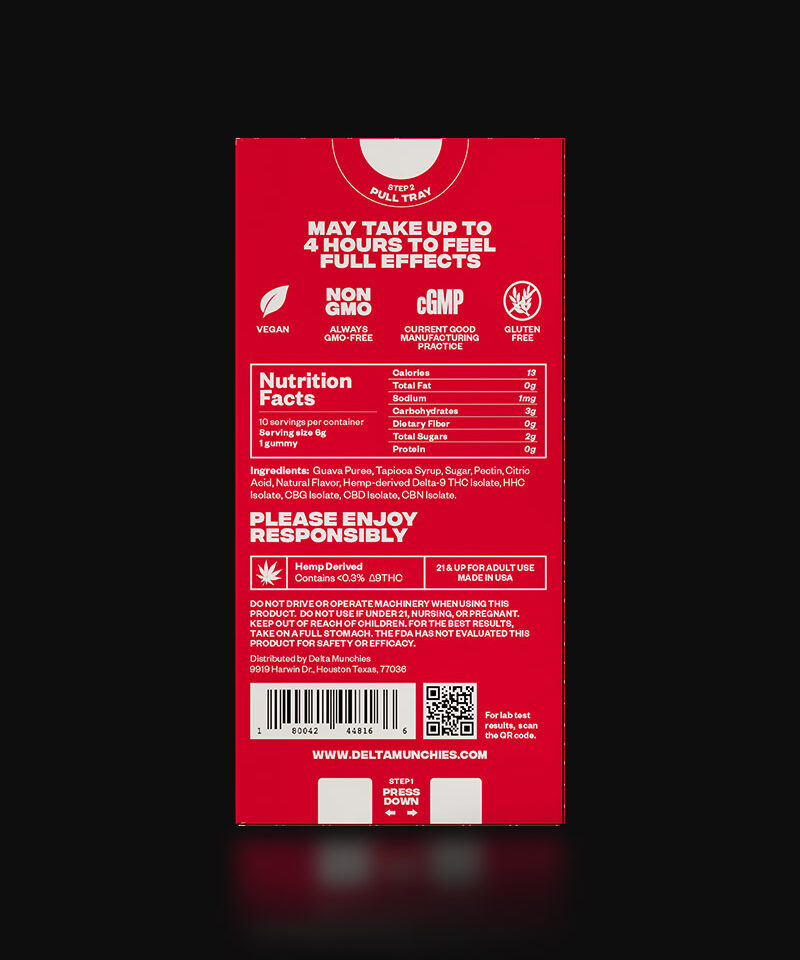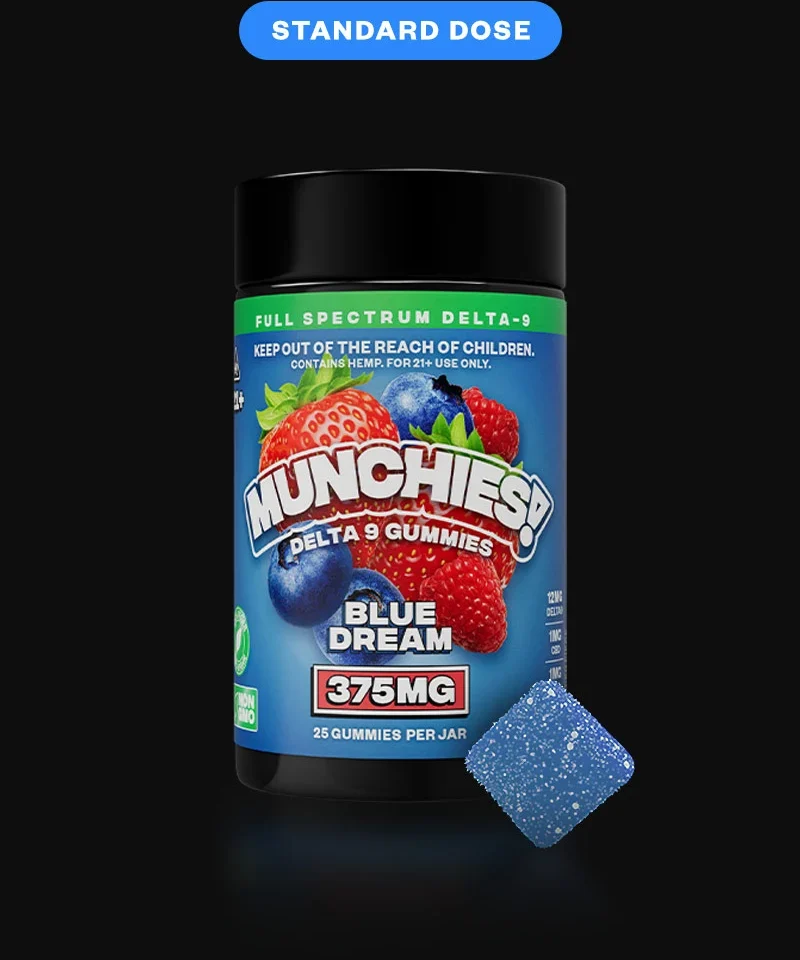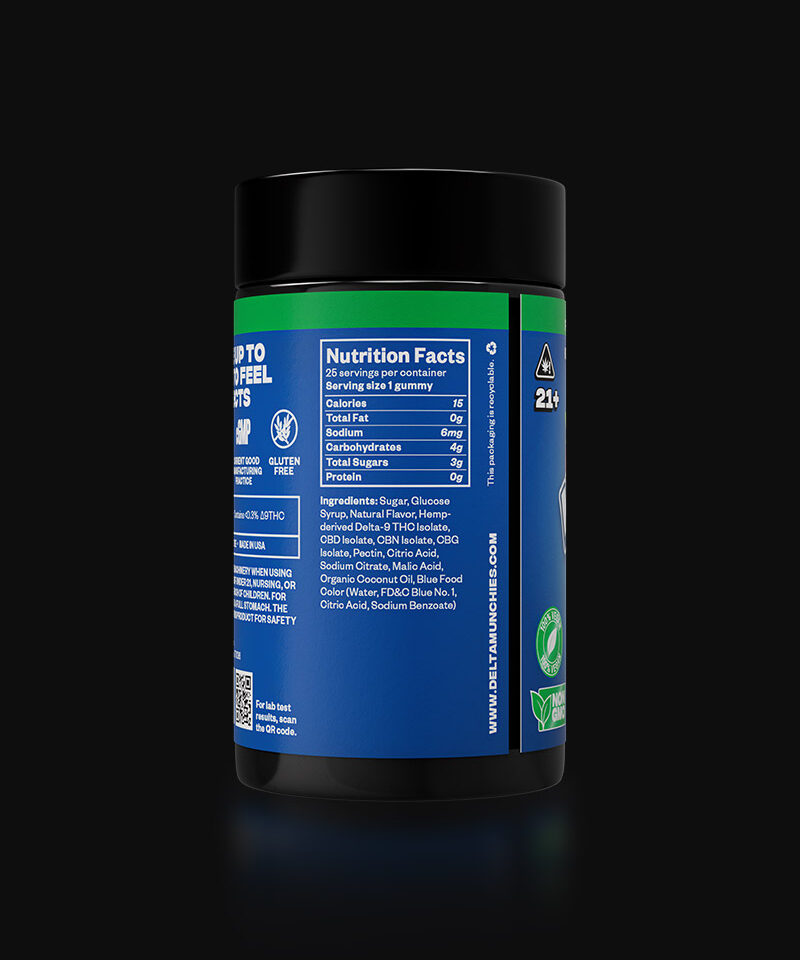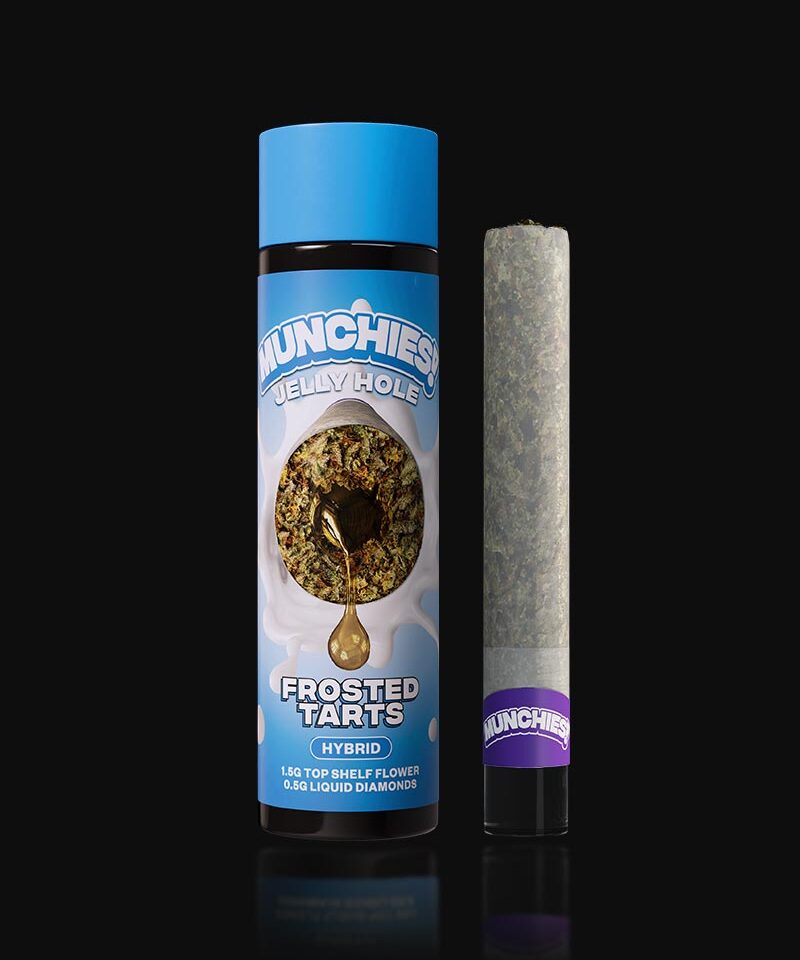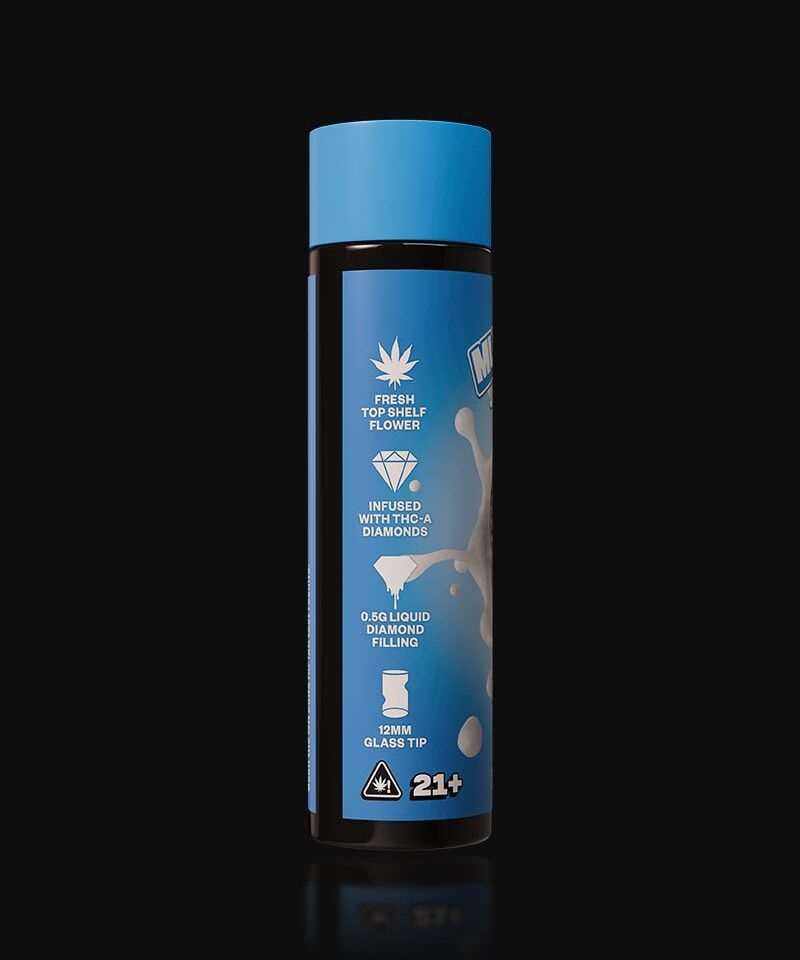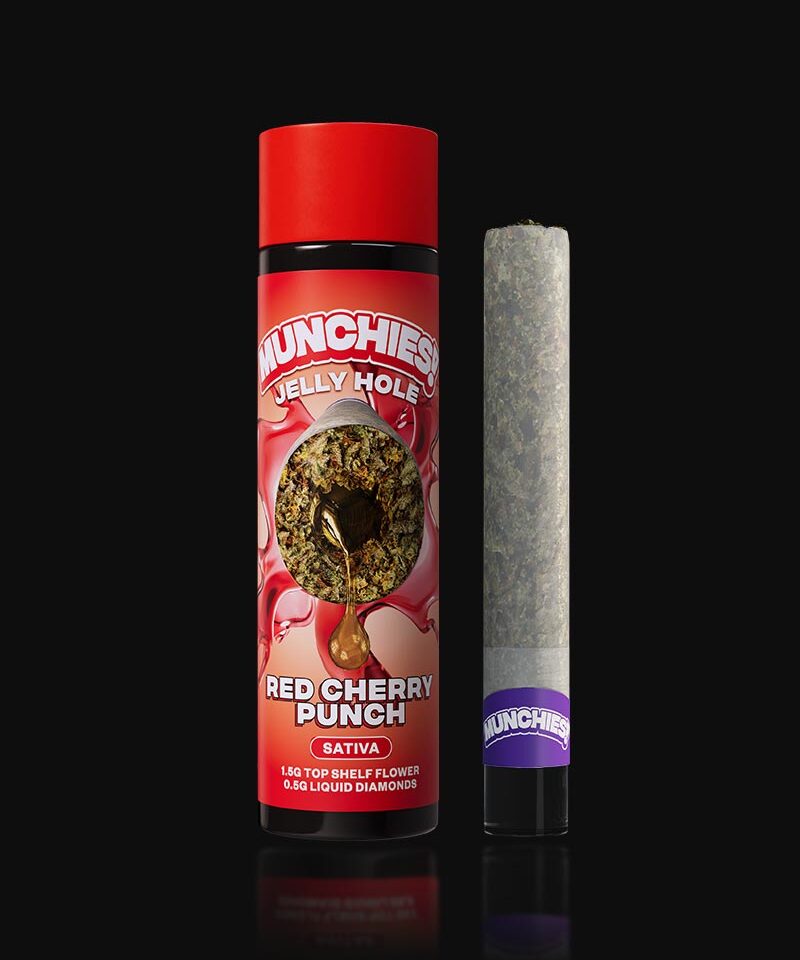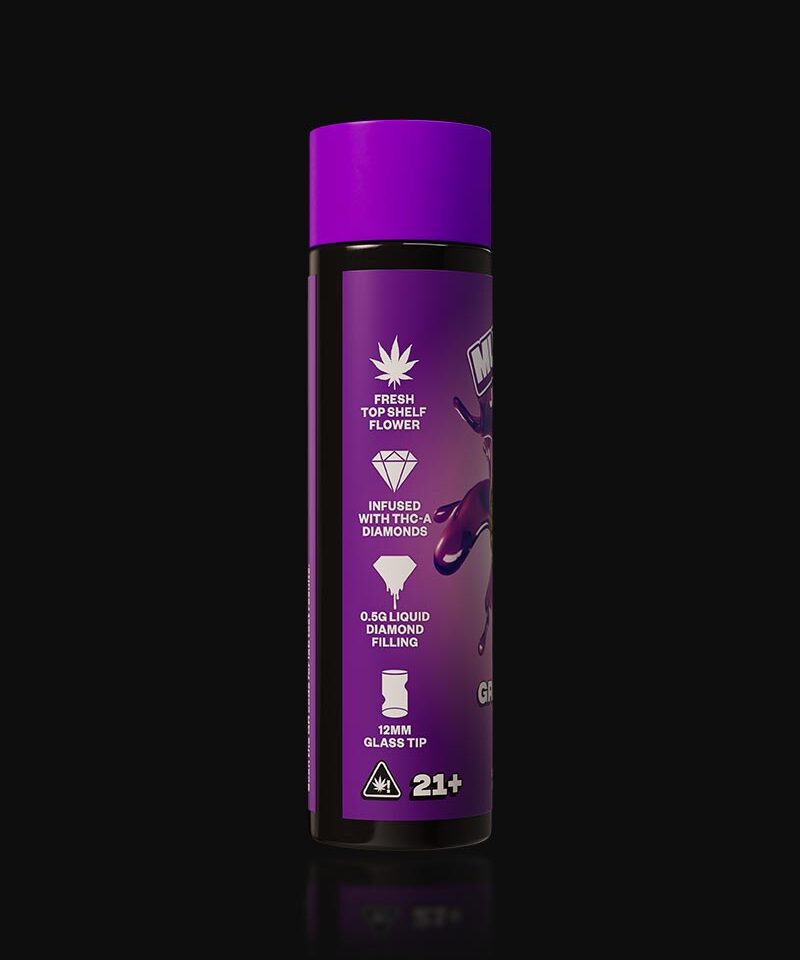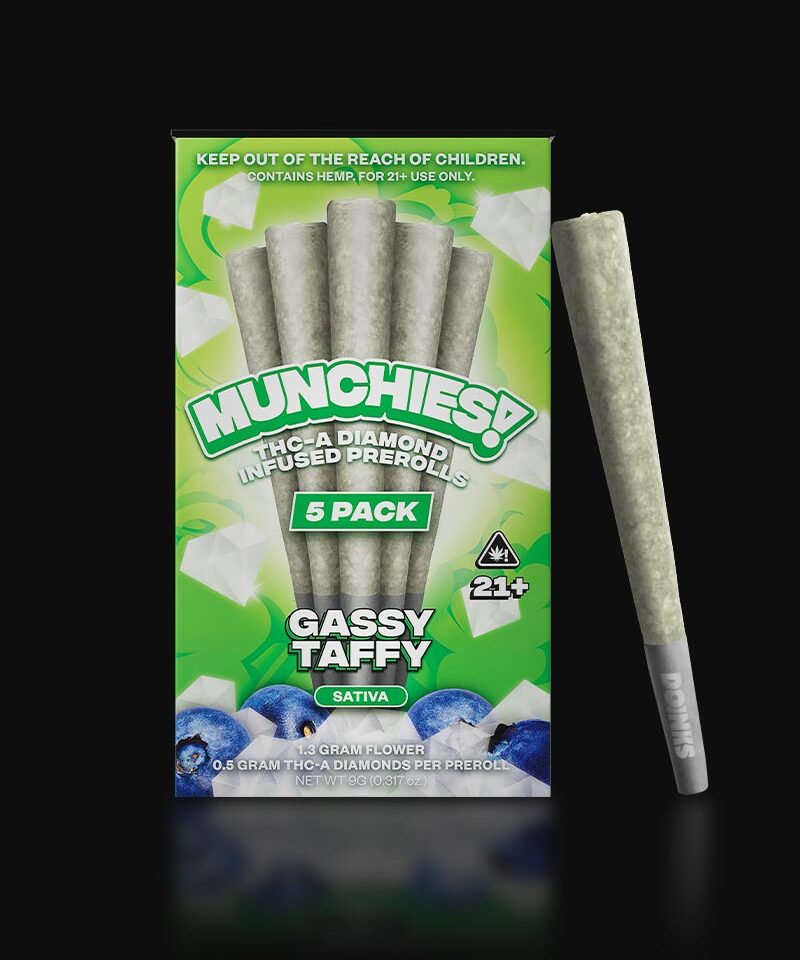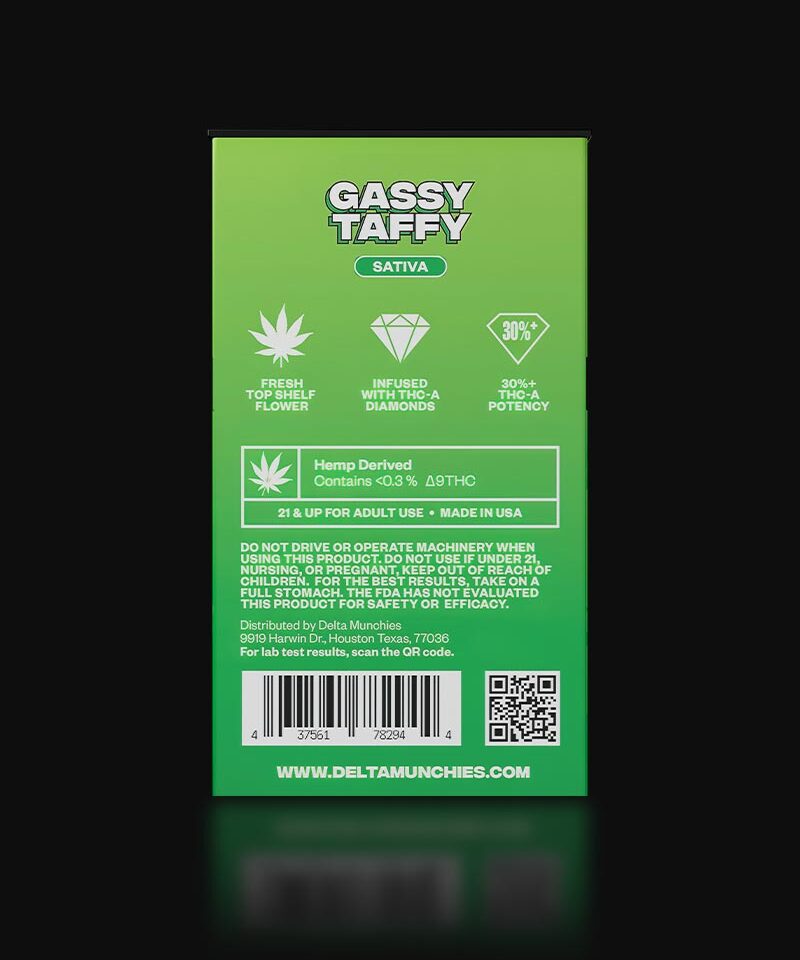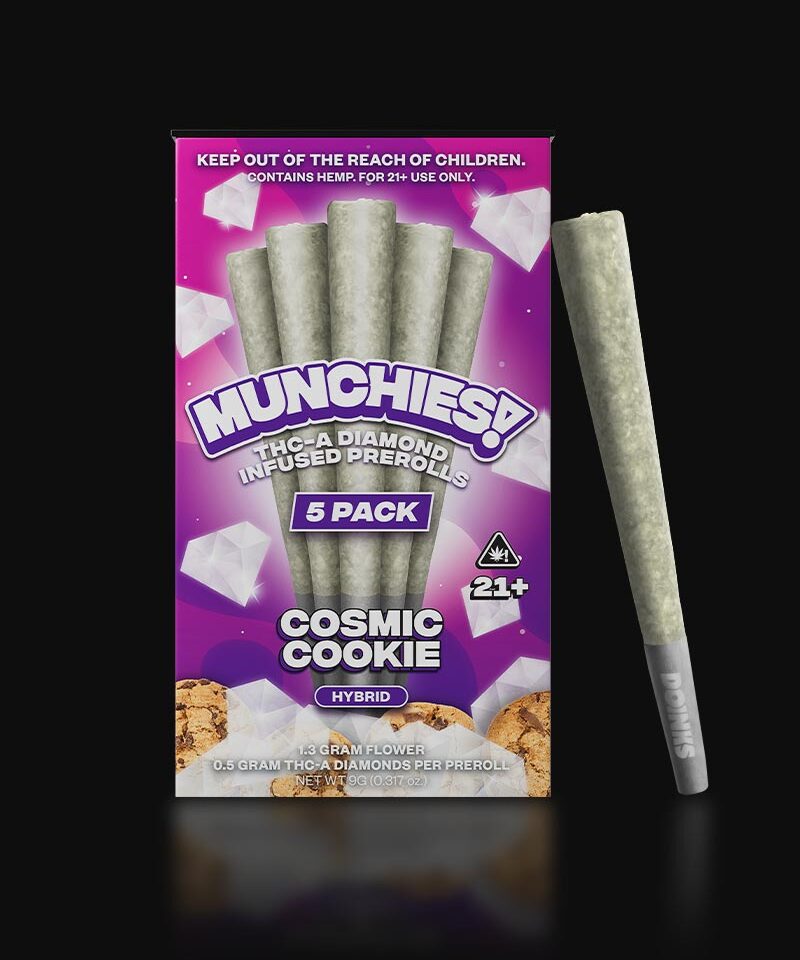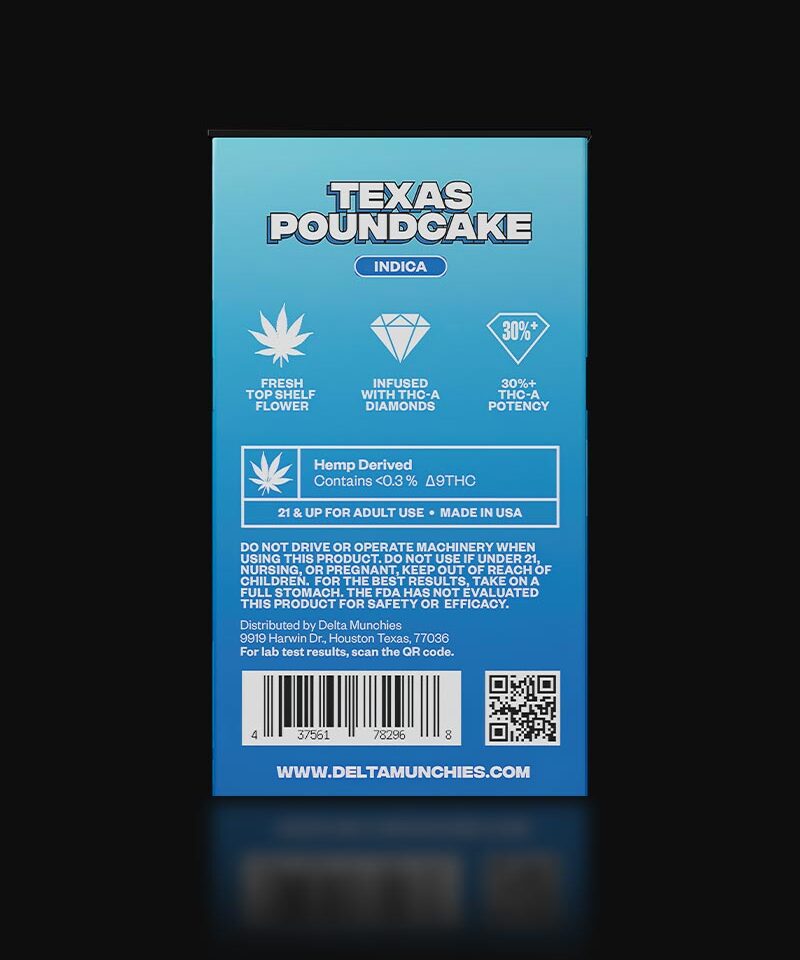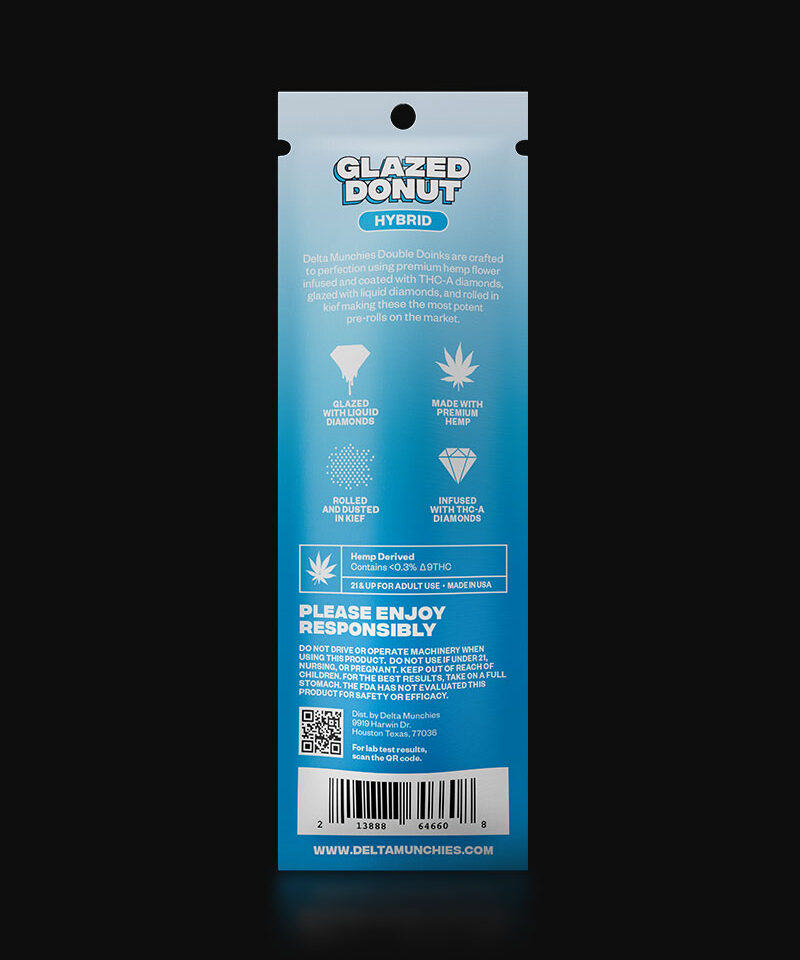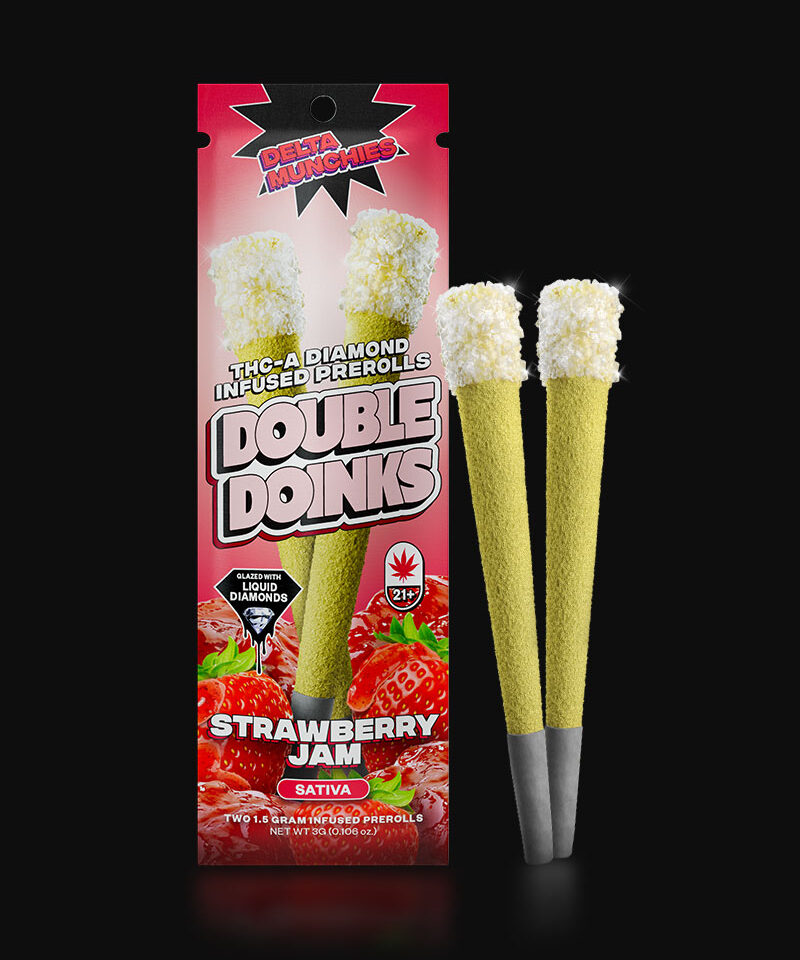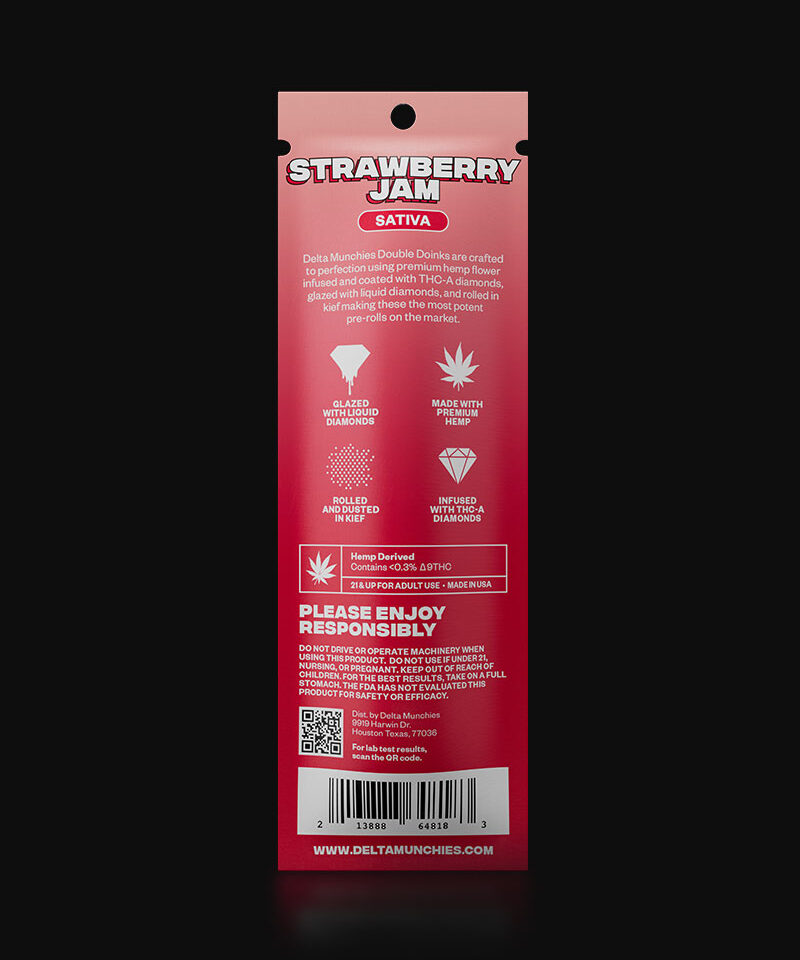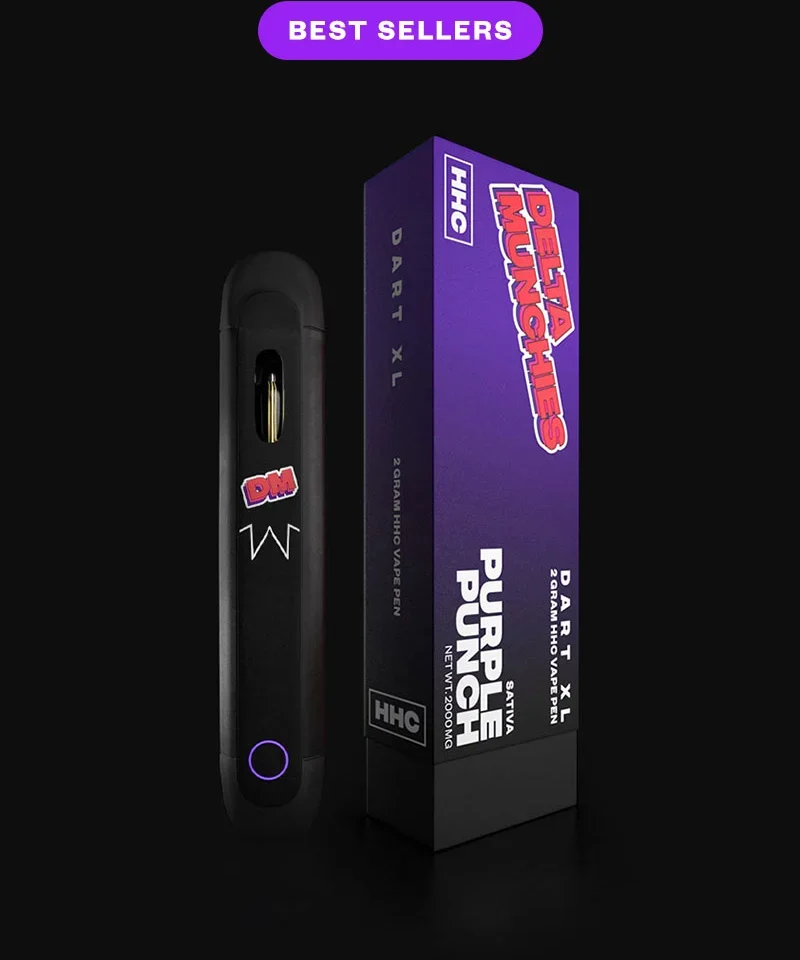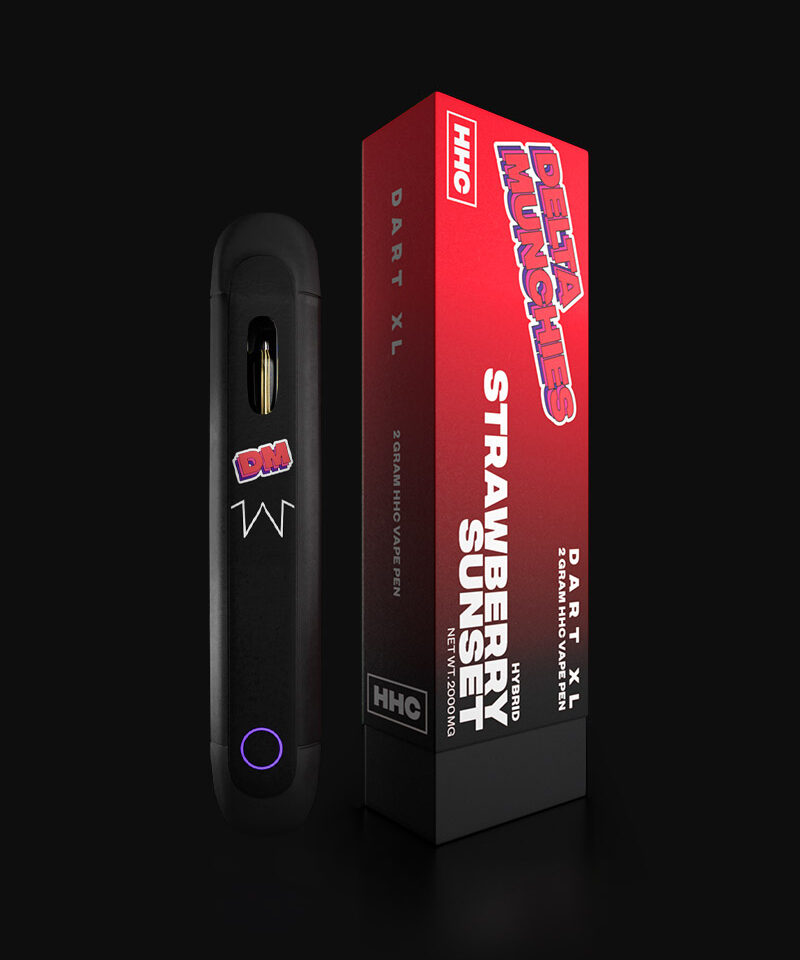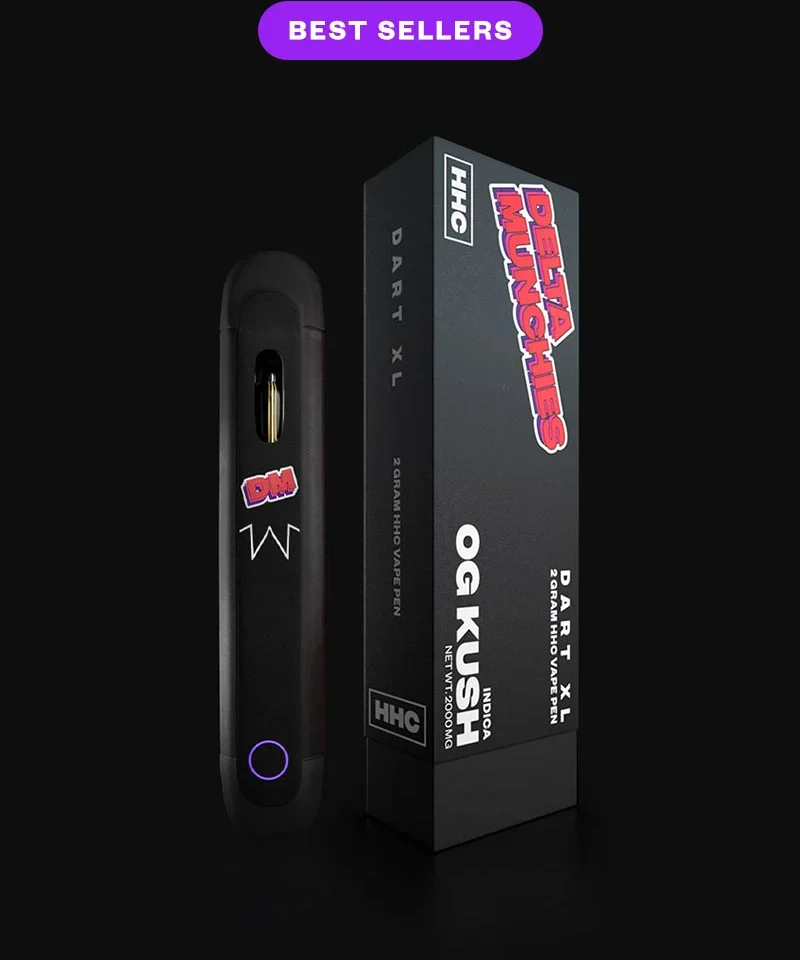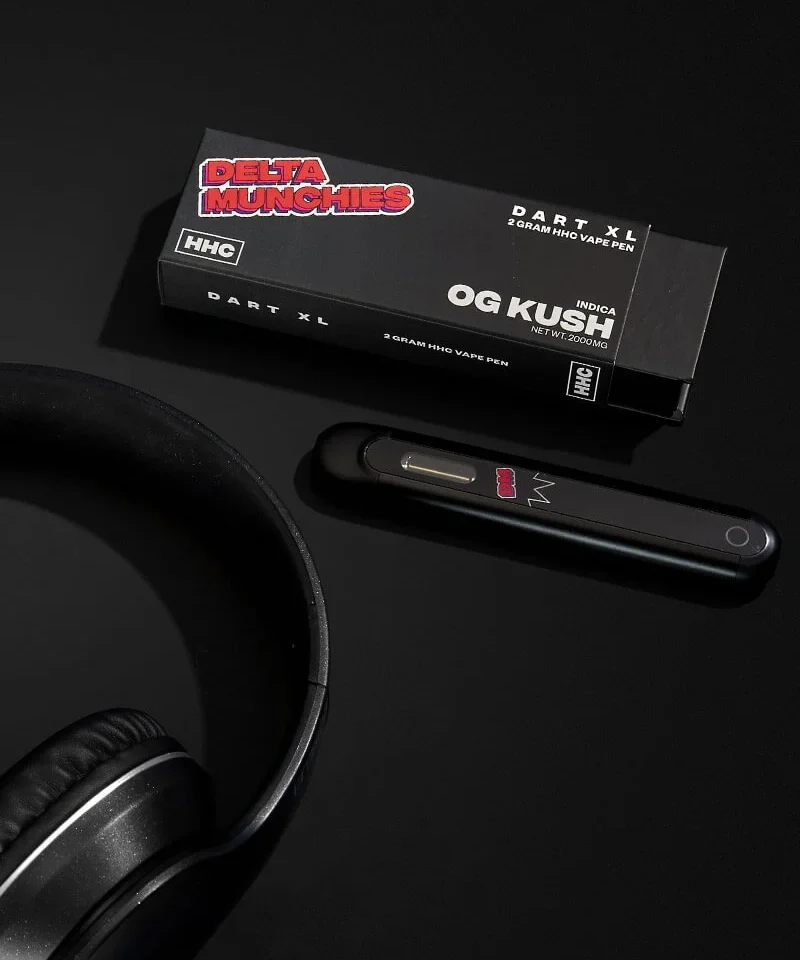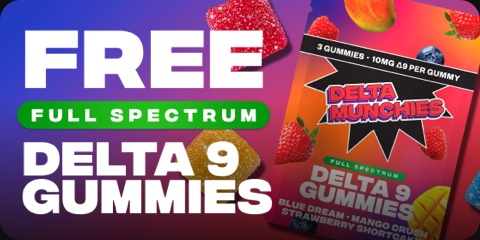Alternative Cannabinoids
What is the Difference Between THC and THCA?
With so many types of THC out there, the cannabinoid THCA might sound like just another hemp compound. However, this molecule is the reason why licking or chewing on weed leaves will not get you high.
THCA is, in a way, the “raw” version of delta 9 THC. This cannabinoid acid needs to be heated to turn into the most popular version of THC, but there are a few more key differences than that.
This inactive compound has plenty of potential, including some shared benefits with delta 9 THC, like being anti-emetic or aiding with inflammation. In this small guide, we’ve gathered all the important facts about THCA and why you can get high on THC but not THCA. So if you are interested, let’s unpack together the difference between THC and THCA.
Looking to try both? Check out these full spectrum delta 9 gummies that have THC and THCA:
Delta 9 THC
Delta 9 THC
Delta 9 THC
Contents
Key Takeaways
- THCA is a non-psychoactive compound found in both cannabis and hemp. This molecule is far too big to bind with the proteins in the CB1 receptors, meaning it cannot get you high.
- When heated or exposed to light, THCA turns into delta 9 THC. This process is called decarboxylation, and it is used to cook with flowers or live buds.
- THCA has many potential therapeutic benefits, including being anti-emetic, treating inflammation, preventing and treating obesity, and even supporting as a neuroprotective agent.
- THCA and THC can be measured together to get an approximate total delta 9 THC content of a product.
What is THCA
Let’s start by defining what this cannabinoid is. THCA, also known as tetrahydrocannabinolic acid, is one of the non-psychoactive compounds that are part of both cannabis and hemp. This cannabinoid is inactive and is usually stored in the trichomes of the buds of hemp, usually found in live plants in the parts known as crystals.
Unlike delta 9 THC, THCA does not bind well with the proteins in the CB1 and CB2 receptors of our endocannabinoid system (ECS). Thanks to this and its uncommon 3D shape, it prevents it from acting in our cannabinoid system as a psychoactive compound.
That said, it is believed that THCA, together with other acid cannabinoids, may inhibit COX-1 and COX-2 enzymes. In simpler terms, this could mean a potential reduction in both pain and inflammation.
Research has shown that THCA could potentially reduce fever and overall inflammation around the area by stopping these enzymes.
THC vs. THCA
Well, besides the added “A” to the name, these two have a few things in common. One could say that THCA is the “raw” version or parent of THC inside the plant. Surprisingly, THC is not available directly from the flower but instead transformed from THCA to THC.
So then, what is THC? Delta 9-Tetrahydrocannabinol is a psychoactive compound that is found in cannabis and hemp. It is known as the primary compound that can get you high with weed and is known for several different therapeutic and recreational properties.
THCA is not psychoactive despite being a “raw” version of delta 9 due to its shape and size. However, it shares a few therapeutic traits, like potential pain and inflammation reduction.
Both compounds are similar in their chemical compositions. The main difference between them happens during certain chemical processes, in which the plant transforms the added acids and transforms them into delta 9 THC, which is what we sometimes call the decarboxylation process.
Let’s dive a little bit further into this process.
How is THCA Converted into THC?
It might sound complicated at first glance, but THCA actually goes through a process that many people who cook with cannabis already know. We are talking about decarboxylation.
This chemical reaction uses heat or light to remove one of the carboxyl groups from THCA to turn it into delta 9 THC.
Decarbing is a fairly known practice in the cannabis and hemp communities, making various products like flower “activate” de THC. In reality, this converts the THCA to regular THC so it can interact with your ECS more efficiently.
This change in its structure turns it into a molecule that can be accepted by proteins in the CB1 receptors, turning it into a psychoactive compound. Decarboxylation usually occurs through sunlight, increasing temperature, or direct heat like smoking, vaping, or concentrates.
Does THCA Add THC?
In a way, THCA could add delta 9 THC to a product. THCA is a cannabinoid acid that’s inactive in its regular state, meaning it cannot bind or affect the CB1 or CB2 receptors on its own. When energy, such as heat or light, is added to the mix, THCA is transformed into THC.
So, in theory, a product with THCA would transform these cannabinoids into delta 9 THC when exposed to heat or light through decarboxylation. This is actually how different strain producers measure the range of potential delta 9 THC in each flower.
Since THCA is the active counterpart in live buds, it is through a study called liquid chromatography that they can check the “potential” THC in each bud. So a product with THCA could, in theory, add more THC to the mix, but it would need an external source to vaporize or heat it.
We’ll go further into detail about how to measure the potential THC with both delta 9 THC and THCA below, but for now, we can say it can add potency to the product when heated.
Potential Benefits of THCA
Like regular delta 9 THC, THCA is considered to have some beneficial properties. Some of these are shared, and others have been studied on cannabinoid acid on their own. A few of them are anti-inflammatory properties, aiding with pain, providing protection against some neurodegenerative diagnoses, supporting nausea, and even helping the metabolism with obesity.
Let’s go further into each of them.
Anti-inflammatory
This 2011 study suggested that THCA, along with other cannabinoids, could support located inflammation. Researchers found that these compounds could stimulate the natural endocannabinoids in the system to help with anti-inflammatory activity thanks to the inhibition of the prostaglandins.
May Protect Against Neurodegenerative Issues
Animal studies suggest that THCA could protect against certain neurodegenerative conditions. Thanks to the activity in the brain, this acid supported both inflammation and degeneration of the diseases in mice.
Anti-nausea
Scientists concluded in this 2020 study published in the Journal of Psychopharmacology that two of the most important cannabinoid acids could aid in reducing nausea, vertigo, and general vomiting. The results lead to the conclusion that THCA and CBDA were even more effective than their regular counterparts in treating these symptoms too.
Reduced Obesity
Lastly, animal studies showed that THCA has a strong potential to reduce obesity and other metabolism-associated diseases, including fatty liver disease. The study found it could aid in reducing these factors, but the researchers did conclude that clinical and human research would be needed for any definitive statements.
Does THC Get Us High and THCA Does Not?
The short answer to this is yes, THC gets you high, and THCA does not. However, this gets a little more complicated but is easily resolved by science. Remember how we mentioned that even though both compounds have a similar structure, there are key differences?
Well, one of the most important ones is the molecule’s shape and size. THCA is significantly larger and will not fit into certain protein receptors, like CB1 or CB2. These receptors and the modification or interaction with them are what produce what we call “getting high.”
So basically, to get you high, you’d have to take a single carbon group from THCA so it could bind with these proteins in the receptors. It’s the difference between licking a cannabis leaf and grinding into a joint and smoking it. Licking the leaf will not get you high, as the THCA needs energy (heat or light) to change.
And even then, only a few cannabinoids can actually get you high. The most common one is delta 9 THC, but other cannabinoids like HHC or delta 8 THC can also bind to these proteins in the receptors. Other compounds like CBD interact with them but do not bind them, which is why they don’t get you “high,” like delta 8.
Is THCA Illegal?
THCA is federally legal as long as the products containing it comply with the 2018 Farm Bill. That means it cannot contain over 0.3% of delta 9 THC in its dry weight, which most THCA products do not have.
That said, a few states have full bans on THC isomers or analogs. This restricts access to THCA, as some states might consider it an analog to THC, even if it is not psychoactive. Make sure to check your local ruling on hemp-derived cannabinoids and THC analogs before trying new cannabinoids.
You can, however, always buy hemp-derived products online from a state that allows the consumption and send them over to your place. This is completely legal under the 2018 Farm Bill, as it follows the federal ruling.
What is a High THCA Percentage?
With all we’ve explored so far, you might want to check how high of a percentage THCA has. Well, this is complicated, as there’s no standardized method to present this information like you would with delta 9 THC.
First of all, you’ll want to look at the lab report. If you want to determine the total potency of THCA in your product, check the liquid chromatography report, which could determine the real potency of any strain or product.
For this, you’ll need to multiply the THCA percentage by 0.877 and then add the delta 9 THC percentage you can find in the lab report. Sadly this method only works for liquid chromatography, meaning that if the lab results of your dispensary do not use this, there is no real way to determine the potential.
Higher flower strains usually have anywhere between 22 and 35% of THC and THCA together. Most flowers go between 12 and 18%, and CBD-heavy strains will usually go below 5%.
What is a Good THCA Percentage?
Now that you know how to get the THCA percentage, you might want to know what a good percentage is. Usually, for regular users, anywhere between 15 and 25% should be a reasonable percentage. This is by taking into account the formula we mentioned above, which adds THC.
If your product has a full spectrum formula, you’ll also have to take into account other psychoactive cannabinoids in the mix like delta 8 THC or HHC. Other compounds like CBD can also provide a stronger experience since they produce what we call an “entourage effect.”
And that’s how you usually know if your product has a decent THCA percentage. Anything lower than 15 might be better for beginners, as 0.8 times that will turn into THC when heated.
And anything above 25% might be too much for a casual smoker to delve into, and better for veterans who like products that can pack a punch.
Where to Buy THCA Online
Now, you might want to try THCA after this small guide. Since this cannabinoid is fairly new, we are currently working on delicious prerolls infused with THCA. So stay tuned for more information about THCA and other products like our THCA Pre Rolls we have in store.
For now, you can try some of our strong HHC formulas in the Dart XL line. These vape pens have two full grams of HHC with delicious terpenes depending on your flavor preference.
If you like sativa, you’ll love the delicious grape and candy-like notes of Purple Punch, with strain-specific terpenes that mix Granddaddy Purp and Larry OG. Or, if you are more into hybrid experiences, the Strawberry Sunset vape has delicious sweet and berry notes to keep you relaxed but social.
Lastly, if you prefer something reminiscent of an actual flower, try the OG Kush instead. This vape pen has delicious skunky, and spice-like notes that will take you back to your first joint with much softer vapor.






